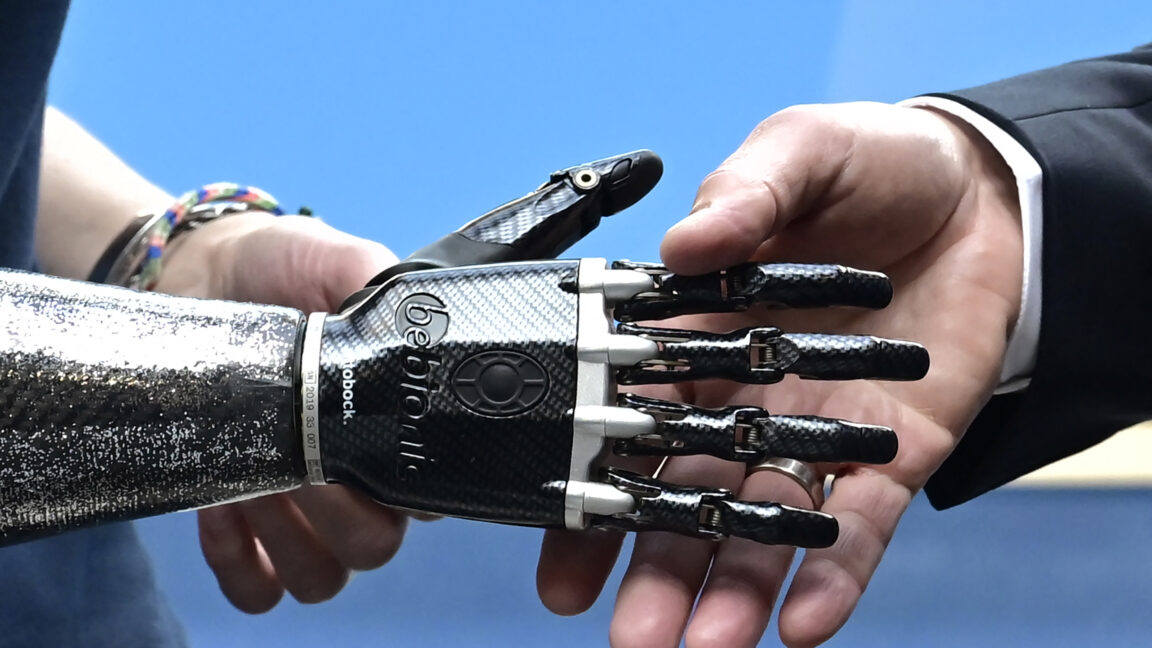INSUBCONTINENT EXCLUSIVE:
Despite the extraordinarily rapid progress overall in 3D printing for health care, major challenges and opportunities remain
Among them is the need to develop better ways to ensure the quality and safety of 3D-printed medical products
Affordability and accessibility also remain significant concerns
Long-term safety concerns regarding implant materials, such as potential biocompatibility issues and the release of nanoparticles, require
rigorous testing and validation.While 3D printing has the potential to reduce manufacturing costs, the initial investment in equipment and
materials can be a barrier for many health care providers and patients, especially in underserved communities
Furthermore, the lack of standardized workflows and trained personnel can limit the widespread adoption of 3D printing in clinical settings,
hindering access for those who could benefit most.On the bright side, artificial intelligence techniques that can effectively leverage vast
amounts of highly detailed medical data are likely to prove critical in developing improved 3D-printed medical products
Specifically, AI algorithms can analyze patient-specific data to optimize the design and fabrication of 3D-printed implants and prosthetics
For instance, implant makers can use AI-driven image analysis to create highly accurate 3D models from CT scans and MRIs that they can use
to design customized implants.Furthermore, machine learning algorithms can predict the long-term performance and potential failure points of
3D-printed prosthetics, allowing prosthetics designers to optimize for improved durability and patient safety.Three-dimensional printing
continues to break boundaries, including the boundary of the body itself
Researchers at the California Institute of Technology have developed a technique that uses ultrasound to turn a liquid injected into the
body into a gel in 3D shapes
The method could be used one day for delivering drugs or replacing tissue.Overall, the field is moving quickly toward personalized treatment
printing.Anne Schmitz, Associate Professor of Engineering, University of Wisconsin-Stout and Daniel Freedman, Dean of the College of
Science, Technology, Engineering, Mathematics & Management, University of Wisconsin-Stout
This article is republished from The Conversation under a Creative Commons license
Read the original article.

